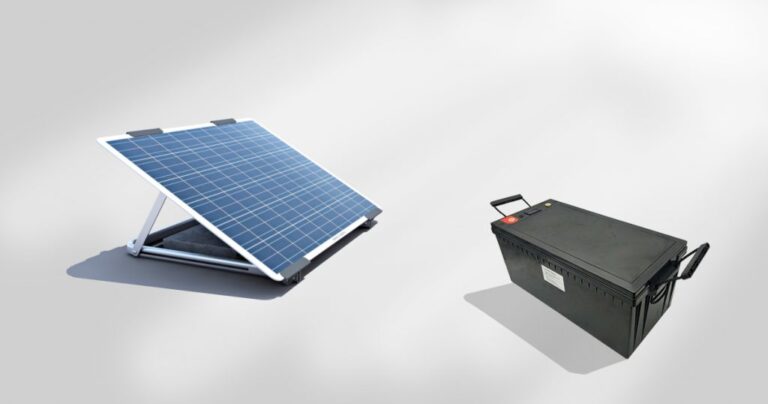
How to Extend the Life of Lithium-Ion Batteries
Lithium-ion batteries are an essential part of many modern gadgets and energy storage systems, but

Lithium-ion batteries are an essential part of many modern gadgets and energy storage systems, but
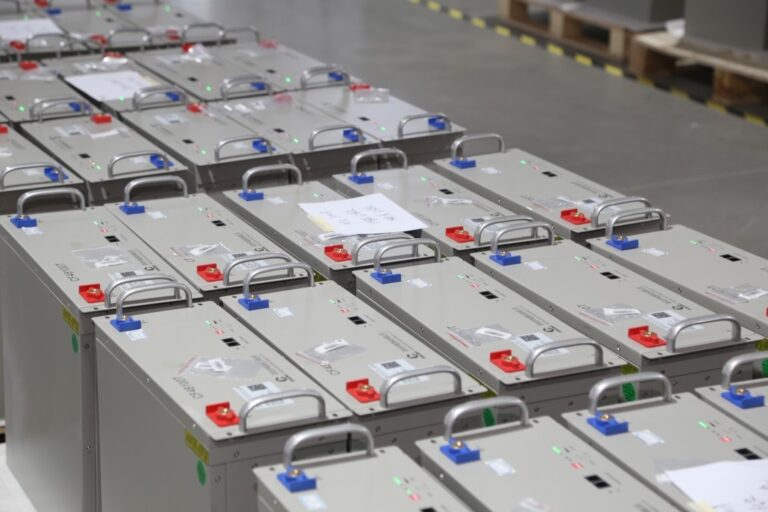
Lithium batteries power many of our essential devices, and proper maintenance can help extend their

Lithium-ion batteries are widely used in smartphones, laptops, electric vehicles, and energy storage systems due

The service life of lithium-ion batteries, which are used as a replacement for lead-acid batteries,

Using lead-to-lithium batteries involves understanding both the transition from lead-acid to lithium-ion battery technology and
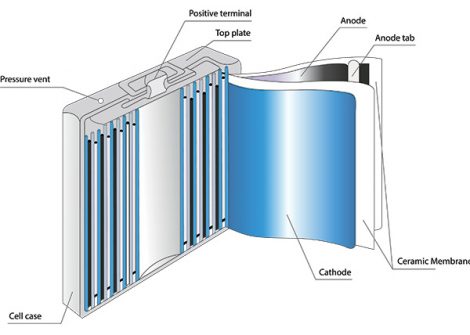
Structure and Design Working Principle Advantages In conclusion, the internal structure of lead-to-lithium batteries is
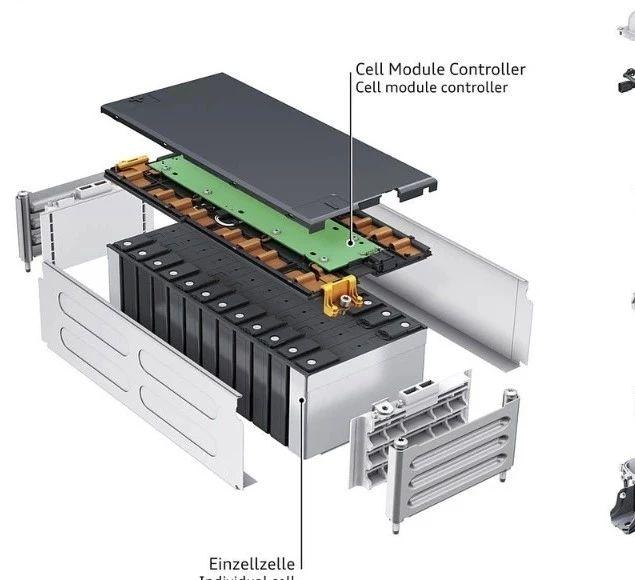
The internal structure of a lead-to-lithium battery is designed to integrate elements from both lead-acid
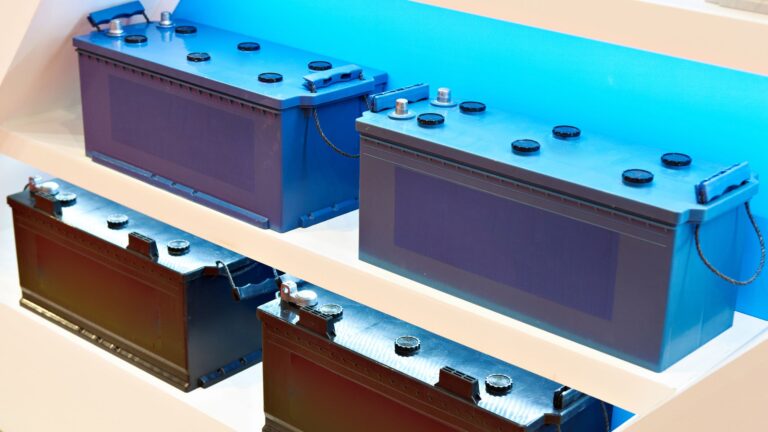
Lead-to-lithium batteries do not contain lead acid in the traditional sense. Instead, they are a
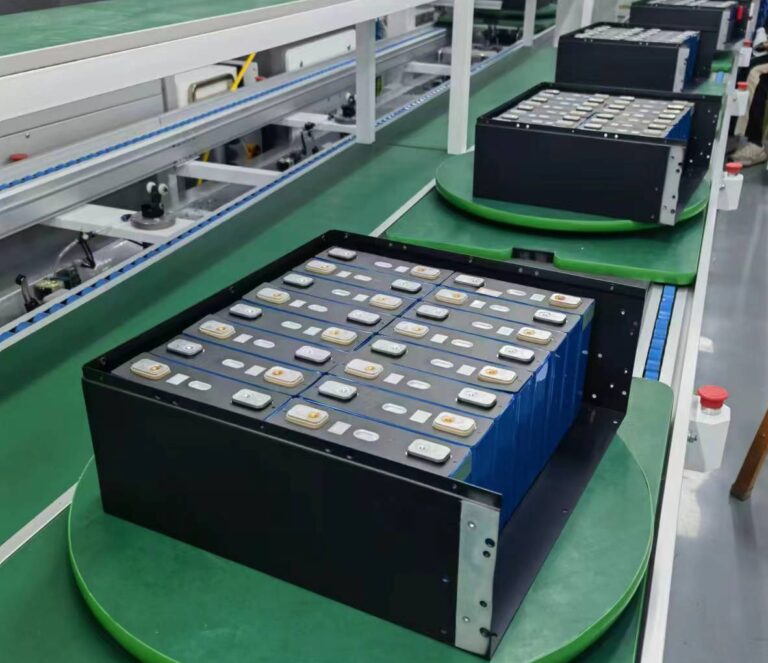
Lead-to-lithium (Pb-to-Li) battery technology combines lead-acid and lithium-ion battery chemistries to leverage the advantages of
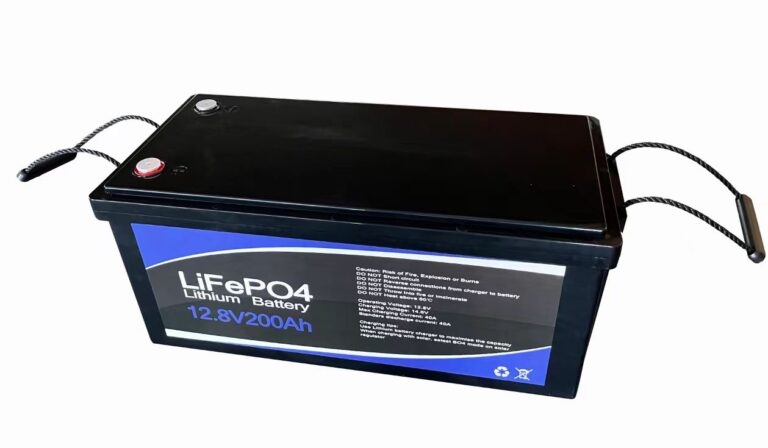
Lead-to-lithium batteries are an upgrade process where traditional lead-acid batteries are replaced with lithium-ion batteries.